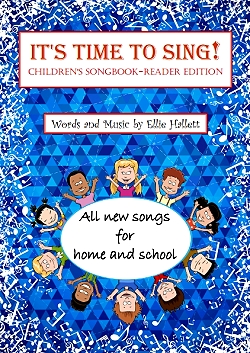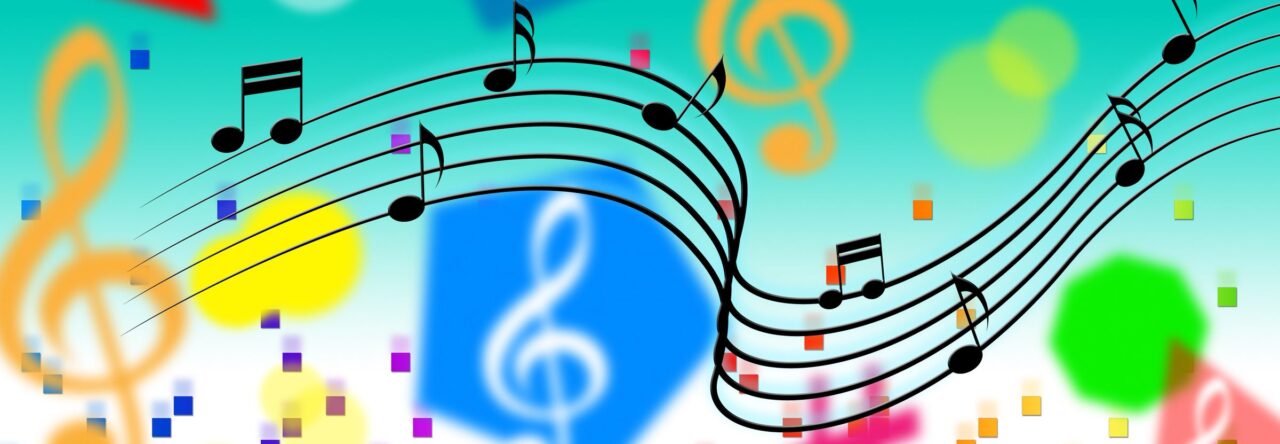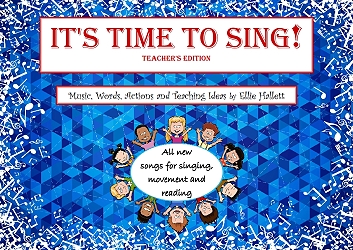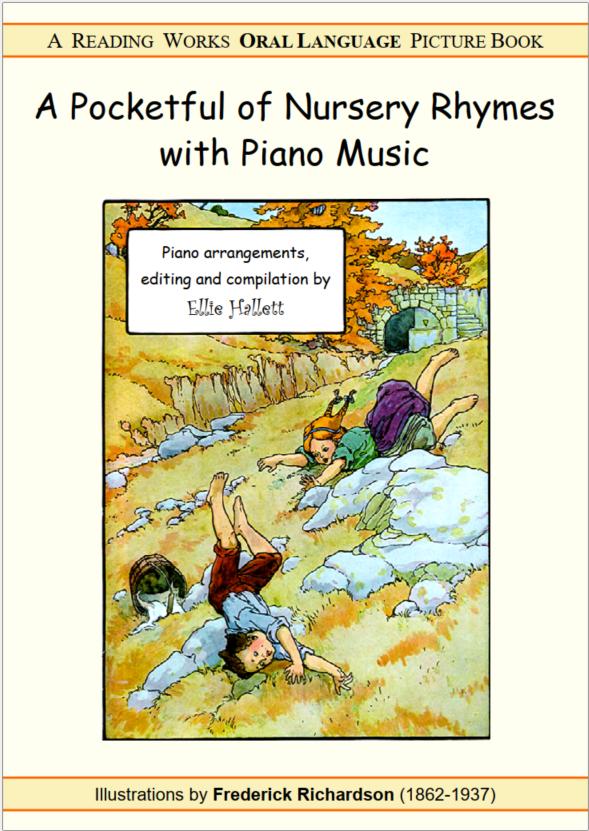Click here for free article about singing in tune for choirs and music classes called
Pitch Accuracy Teaching Method
It’s Time to Sing!

Fifteen original songs have been set out in two editions: an A5 illustrated Children’s Songbook-Reader Edition, and an A4 illustrated Teacher’s Edition.
All except two songs were written and composed by Ellie Hallett * for Prep to Year Six children, combining reading, general knowledge, vocabulary development, social togetherness and of course, singing!
The Teacher’s Edition has ideas for actions and teaching suggestions for every song.
Click here for first lines of each song and free MP3 downloadable backing tracks. Note that each backing track has a short piano introduction.
Titles of It’s Time to Sing Songs:
- The New Alphabet Song
- Days of the Week
- Months of the Year
- My Family
- Nocturnal Animals
- Comedy Counting
- Boat Song
- Opposites Song
- Noisy Animals
- Solomon Grundy
- The Reading Song
- The Bat and Bird Song
- You’ll Never Know Until You Try (HIGH Voice)
- You’ll Never Know Until You Try (LOWER Voice)
- The Hen and the Carp (The poem was written by Ian Serralier; music is by Ellie Hallett)
- The Planets (The melody is from Mozart’s K382, arranged as a song by Ellie Hallett)
- The fifteen songs combine music, actions and oral language. They have enough learning room to widen the horizons of gifted and talented children, build the confidence of average and struggling learners, and enhance word knowledge, reading fluency, social cohesion and vocal clarity for all abilities.
- Research has shown that singing not only provides therapeutic benefits for ADHD children, but boosts everyone’s emotional camaraderie and sense of well-being. For those with an Autism Spectrum Condition, remarkable things have been shown to happen when singing is added to language.
- The songs in It’s Time to Sing! are graded in age-appeal, starting with a new version of the ABC song through to a song that teaches the order of the planets from the sun.
- And don’t be surprised when the children in your care say, ‘Let’s do it again!’
Purchase Options
Secure PayPal or credit card through PayPal.
Children’s Songbook
(student’s copy)
AU$9.50 each
Children’s Songbook
CLASS SET of 10 books
AU$70 per set
Teacher’s Edition
(per copy)
AU19.00
A Pocketful of Nursery Rhymes with Piano Music for teachers
Go here for the children’s Pocketful of Nursery Rhymes A4 book that has the rhymes and pictures without the piano music. Two other rhyme books (A5) for speaking and adding instrumental/clapping accompaniment are also on this page.
CONTENTS
- Jack and Jill
- Little Bo-Peep
- Little Jack Horner
- Little Miss Muffet
- Hickory Dickory Dock
- There Was a Crooked Man
- Little Boy Blue
- Hey Diddle Diddle
- Humpty Dumpty
- Baa Baa Black Sheep
- Sing a Song of Sixpence
- See Saw Marjory Daw
- I Love Little Misty
- ABC Song
- Mary Mary Quite Contrary
- Old King Cole
- Three Wise Men of Gotham
Includes Teaching and Learning Suggestions
$45.00 +pp
Nursery Rhymes are somewhat neglected, possibly because it is thought that the modern teacher would find them too ‘vintage’ for today’s children. However, the Australian curriculum specifically says (ACLFRC007), ‘Participate in shared performance and presentation of stories, songs or nursery rhymes, playing with sound patterns, rhyming words … ‘
Rhyming is a helpful first step in phonemic awareness. When children play with rhymes, they listen to the sounds within words and identify word parts, for example: Horner corner, plum thumb, pie I.
Additional reasons for teaching Nursery Rhymes are many and varied. They include being:
- an important part of oral language development because they help children with their auditory and listening skills; they strengthen the ability to discriminate between similar-sounding words, and they simultaneously provide the opportunity for children of all abilities to hear and vocalise words as a fluent, on-going togetherness story
- clarity of enunciation, due in part to the slower tempo of Nursery Rhythms compared to the faster pace of everyday speech
- they are a rich resource for hearing, understanding and experiencing pitch, beat and unstressed/stressed syllables, names of characters and vocabulary-enhancement
- Nursery Rhymes provide a strengthening of visualisation skills in seeing how the sequence of mentally pictorial events flow one to the next as a logical story
- that vocabulary and the comprehension of the words are reinforced with each repetition
- they can be sung at school, at home with family members and friends or alone because of the enjoyment and the pleasure they provide
- Â that Nursery Rhymes help children develop an ear for the music of words and a feeling for the rhythms and syllables in each word and phrase. This skill is listening competence and a sensitivity to teach rhythms and beat
- Nursery rhymes should be a part of children’s pre-literacy skills and cognitive development
- they are a part of our cultural heritage
- their value to children’s language, memorisation, comprehension and vocabulary structures cannot be underestimated
- they are so much fun, children will sing them again and again.




